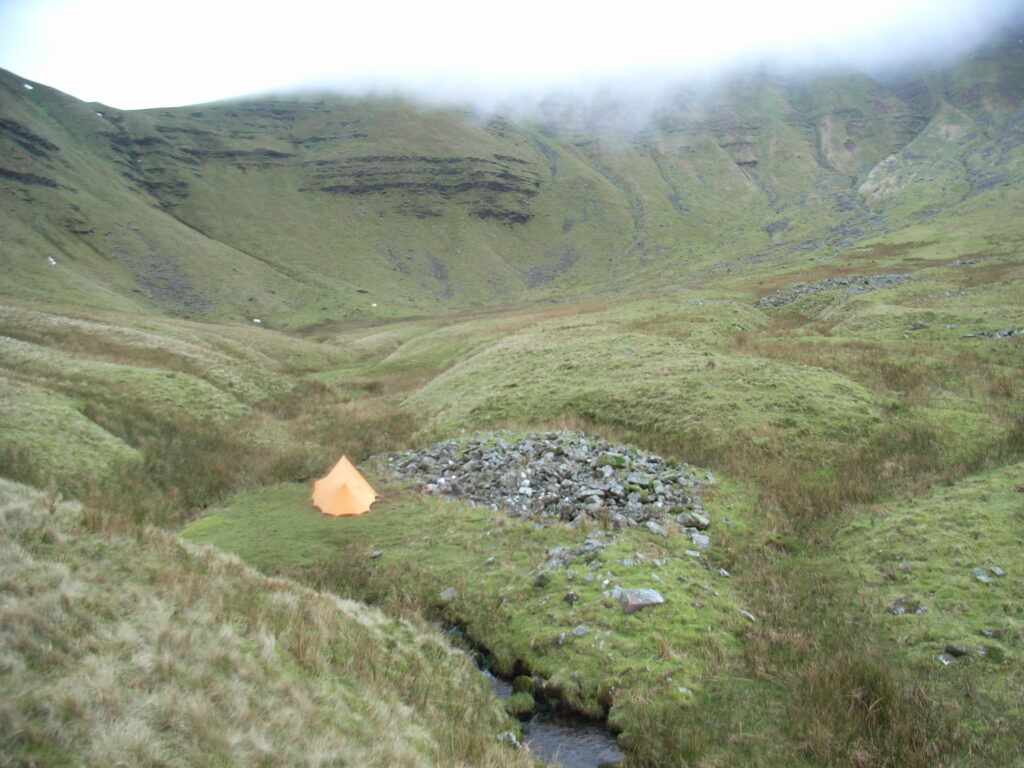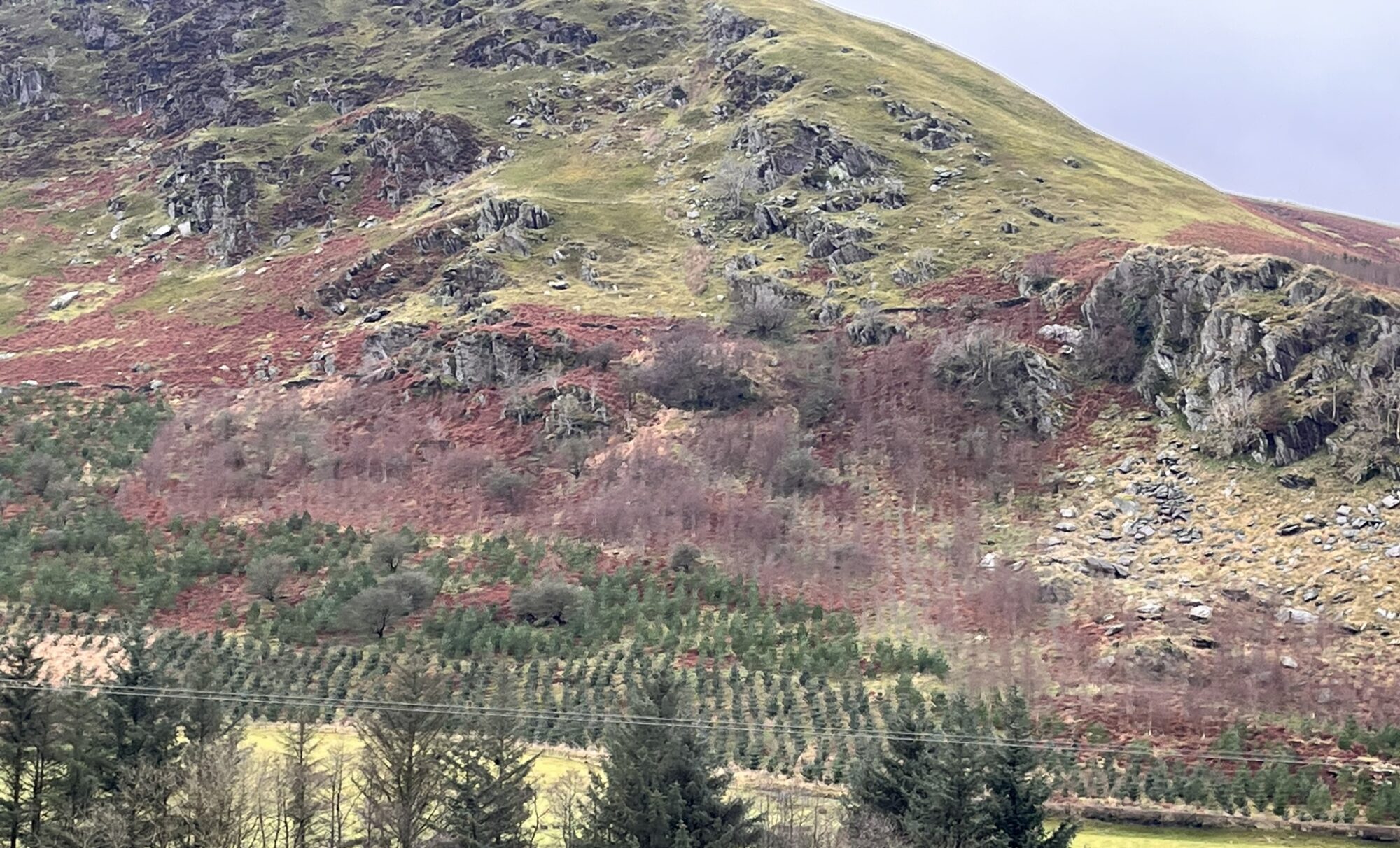“The pastime he is enjoying may include simply resting in the open-air in the peace of the countryside” – so said the Master of the Rolls, in the Court of Appeal on the 31st July 2023 re wild camping on Dartmoor. I welcome this decision – though as ever, devil’s in the detail or the bylaws to be precise.

Right to peace
The push for the right to roam has increasingly been an issue since the 1950s with this recent piece in The New York Times focusing on minority landowning classes restricting the mass majority from accessing private land. This framing can be unhelpful for those curious on seeking to untangle the plethora of issues on a subject often misappropriated by the grinding of politically convenient ideological axes.

excerpt from Dartmoor National Park’s ‘Backpack Camping Code‘
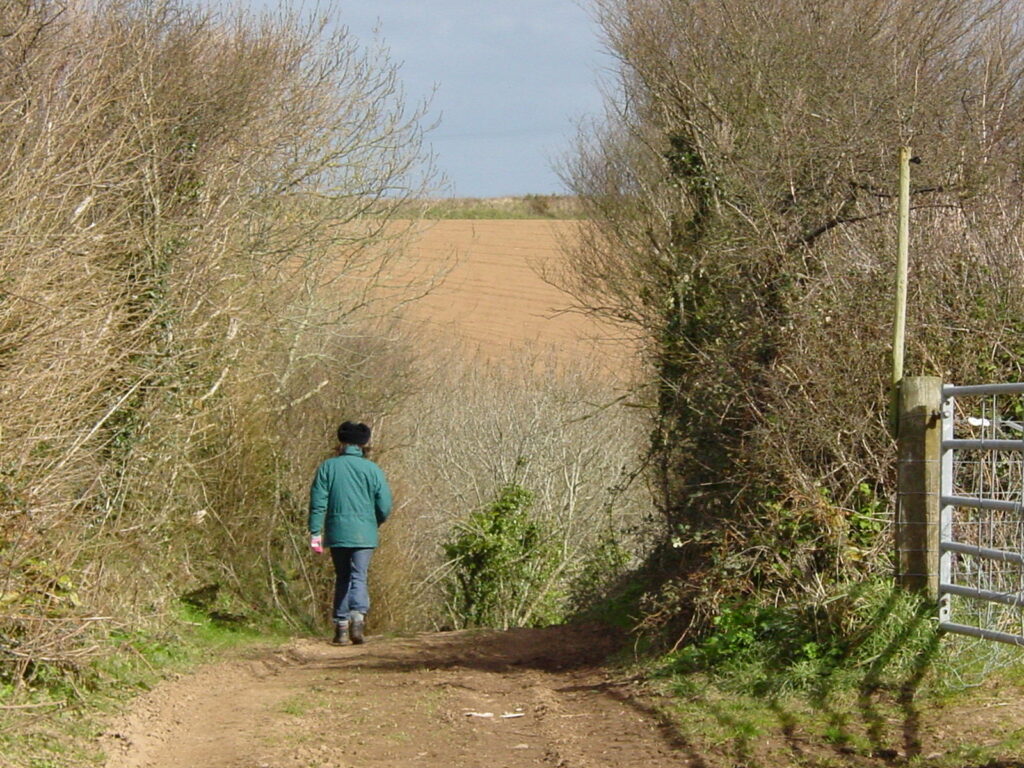
Ever since the Enclosure Acts in the 17th Century, tensions have waxed and waned over the use and access to land. Wind forward to the 20th Century, some land-based environmental organisations were even concerned the introduction of CAP agri-environmental schemes would result in a countryside swamped by walkers. The CROW Act which enabled freedom to roam in unenclosed land looks good on paper but in reality few bother to take to the hills.
Madonna’s privilege
Many of the recent issues on public access have been driven into public consciousness by ‘new’ landowners seeking to curtail existing or potential rights of access. I know of an old sheep drove to the mountain near me mysteriously disappearing off the definitive rights of way map some 40 years ago and is now reverting to thick bracken. Others have spats with regulatory authorities (DNPA) over planning issues which then spill out with unforeseen consequences – see here.
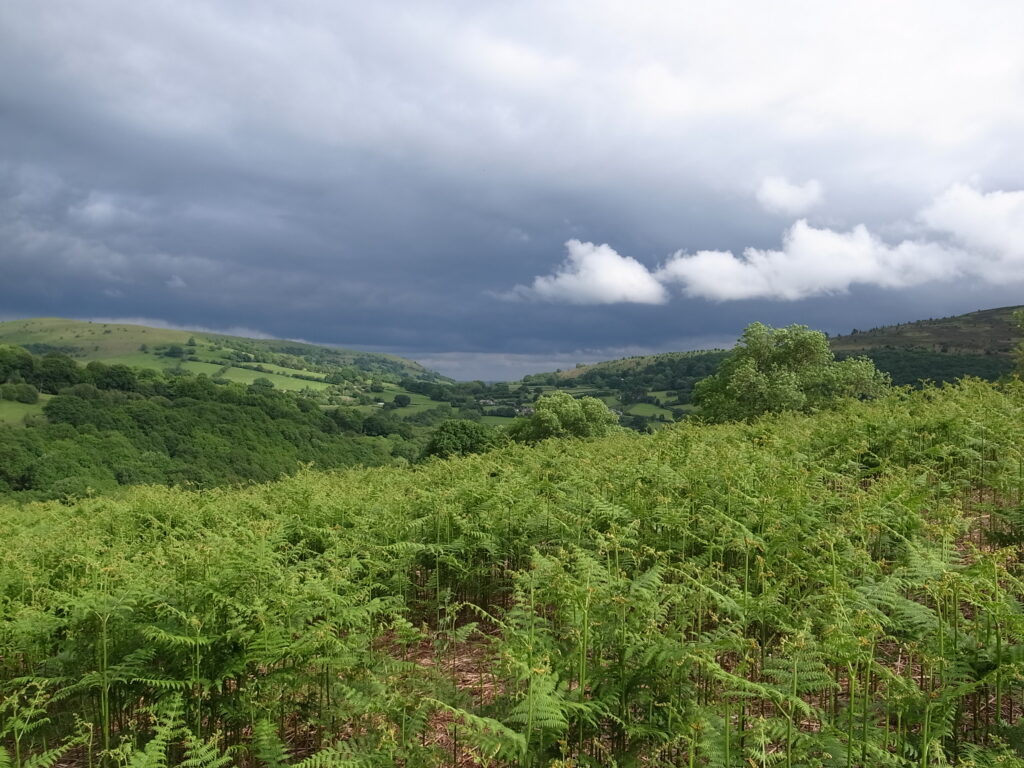
Activist’s challenge
As a highly urbanised nation, the UK has a desire to get outside. Once to escape smokey industrial factories, now to reboot ourselves from online indoor lives by feeding a need to connect with the outdoors – whether an urban park or national park. Some have taken the chance, often via social media, to put the boot in on all landed interests of any ilk. This, though validly based on ill-judged moves to restrict public access, then implicates all those landowning conservation custodians stewarding land for multiple public outcomes; whether breeding ground-nesting birds, swards of fragile orchids or use of permissive paths.
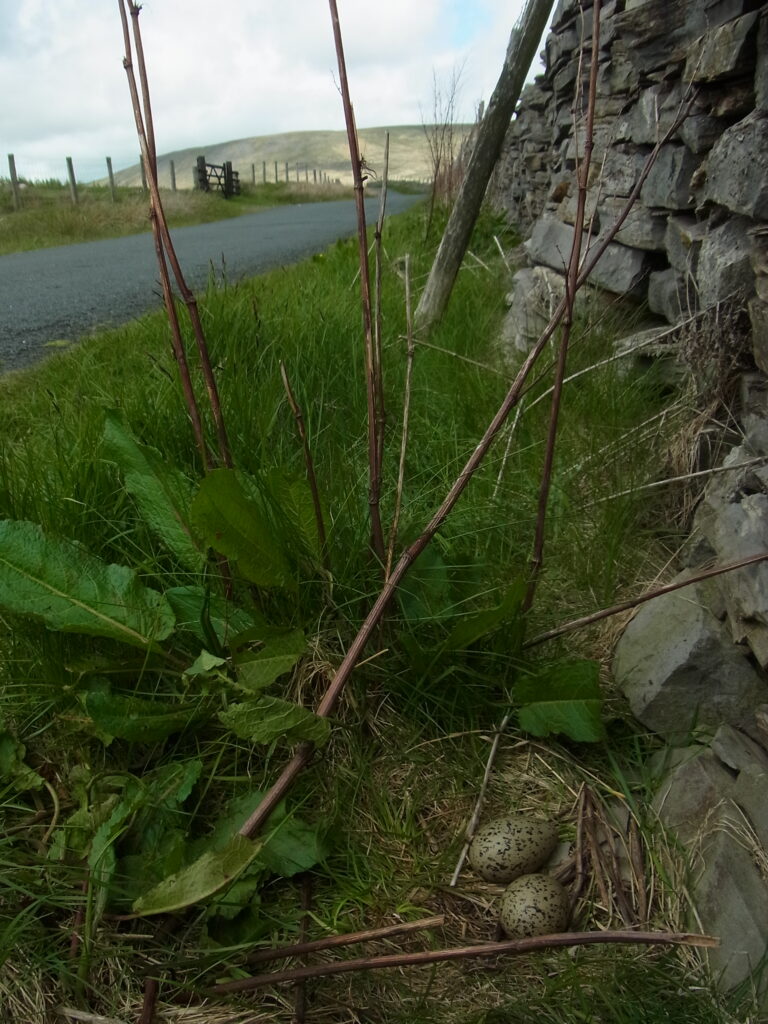
Access to field and hill
My personal bent is not to ban but to creatively inform. One example would be disposable BBQs. Ban them and someone will light an open fire. Instead, sell them with fag-packet warning pictures on the side of roasted skylark chicks. Apply the same principle to access. How often are paths ill-maintained and then walkers shouted at for being lost off the path! Yes, it cuts both ways – walkers disrespect the land which in turn dis-incentivises land interests from encouraging access in the first place.
It’s a vicious circle that needs to be broken.

Public funding of public access
The Agriculture Act 2020 in England, alongside the devolved nations‘ own takes, allows for and funds the provision and enhancement of public access to land. Mend those stiles, reach out on Facebook, set up a farm walk, arrange an upland Open Land Saturday, ask for local authority funding, don’t block footpaths, engage ecologists to explain why access needs to be restricted at certain times of the year.
It’s time to creatively and openly embrace this recreational remit for better understanding of the environment in all its widest and wildest forms.
